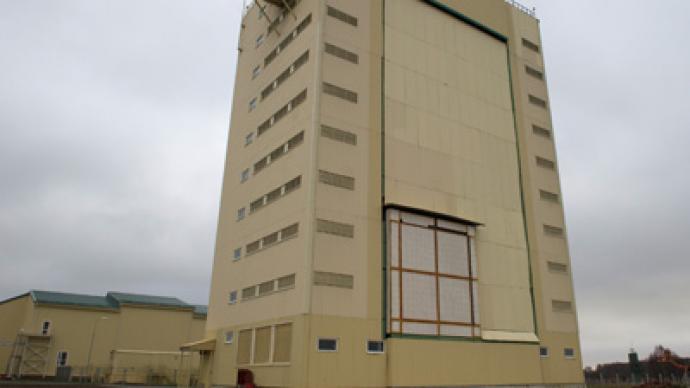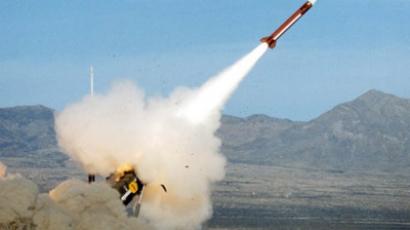Forewarned is forearmed: Russia to set up new radar in Siberia

The Russian Ministry of Defense says it will set up a new generation of missile-detecting radar near the Siberian city of Irkutsk by the end of 2012, modernizing its missile detection capabilities in a time of worsening relations with NATO.
The new apparatuses will be one of four Voronezh-type radar systems. Aleksey Zolotukhin, a spokesman for the Missile Defense Troops of the Russian Ministry of Defense, says the new Voronezh radar to be set up near Irkutsk is not complete, but is already being tested. There are already three Voronezh radars – one in in the city of Armavir in southern Russia, one in the village of Lekhtusi near St. Petersburg and one in city of Pionersky in the Kaliningrad Region, Russia’s Baltic exclave. Only the latter two are fully operational, while testing is yet to be completed at the Armavir site. Zolotukhin said Russia’s radar was very effective, having tracked all 30 launches of Russian and foreign ballistic and space-bound rockets in 2011. He noted that such an impeccable record was largely thanks to the introduction of the new equipment.The Voronezh radar is more advanced compared to the older, Soviet-era Daryal and Dnepr systems. The Voronezh radar in Pionersky, launched at the end of last year, has a range of 6,000 kilometers and can simultaneously track approximately 500 objects. It is also significantly less expensive and requires less time to install than the older systems. Last November, President Dmitry Medvedev took part in the unveiling ceremony of the new Pionersky radar, calling it “an adequate answer to the threats posed by the Anti-Ballistic Missile system to our nuclear forces.” He added that the radar could be used as part of a joint ABM system, but said he did not see any signs of willingness to cooperate coming from Russia's “European colleagues."The United States and NATO plan to set up ABM interceptors in Poland and Romania, a radar in Turkey and Aegis Cruiser ships off Spain. Russia has opposed these plans, as NATO failed to provide a guarantee that the system would not be aimed at its forces. In November, President Medvedev said Russia would equip its strategic ballistic missiles with special systems to avoid detection by the ABM system, and would install weapons systems in the south and west of the country. He also warned that in a negative scenario, Russia could renege on the New START agreement concluded with American President Barack Obama. The Russian Ministry of Defense plans to replace all Soviet-era radar systems by 2020.














